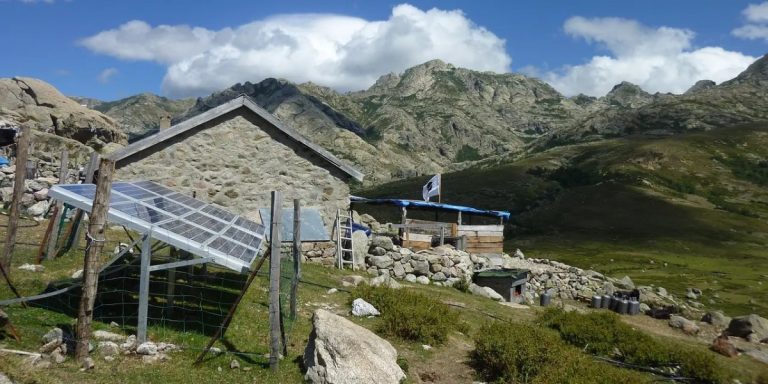From the CO2 Alliance
Vijay Jayaraj
President Joe Biden claimed during a debate with former President Donald Trump: “The only existential threat to humanity is climate change.” What if I told you that the real existential threat to billions of people on the planet is Not climate change, but climate policy, what do you think?
The allure of green utopias masks the harsh realities of delivering affordable and reliable electricity. Americans may soon wake up to a dystopian future if proposed “net-zero” and “Build Back Better” initiatives are implemented – both of which aim to illogically spread unreliable renewable energy. energy, and limit reliable fossil fuels.
Nowhere is this more evident than in remote areas of India, where solar panels believed to provide clean and green energy were eventually used to build cattle sheds.
The transformation of Dharnai in Bihar into a “solar village” is filled with great enthusiasm and high hopes. Villagers were told that the solar microgrid would provide reliable power for agriculture, social activities and daily life. This promise creates naive trust in a technology that has repeatedly failed around the world.
News of the Greenpeace initiative spread quickly, with international news media presenting it as a “renewable” energy success story for Third World countries. CNN International's “Connecting the World” said Danai's microgrid provides a continuous supply of electricity. To the uninformed viewer living in rural Kentucky, solar energy appears to be making great strides as a reliable energy source.
But the Darnay system ended up on the long list of serious solar failures.
“As soon as solar energy is connected, some people warn against using high-power appliances such as TVs, refrigerators, and motors,” said a villager. “If thermal power is used, these conditions do not exist. So what is the use of such power? Compared with thermal power, solar power is also more expensive.
One village shopkeeper said: “But after three years, the battery ran out and has never been repaired. … No one here uses solar energy anymore. Hopefully, the solar panels will last longer as a shelter for the cows.
Eventually, the village was connected to the main grid, providing fully reliable coal power at one-third the price of solar power.
Danai is not an isolated case. Several other large-scale solar projects in rural India have met a similar fate. Mainsh Kumar, writing in Mongabay magazine, said: “Once (grid) power reaches un-electrified villages, the infrastructure and funding required to install such off-grid power plants may be in vain.”
While green nonprofits and the liberal mainstream media are embarrassed that much-hyped solar projects are being converted into cattle sheds, traditional energy sources like coal continue to power India's more than 1.3 billion people and the industries on which its economy depends.
India has seen record growth in electricity demand this year, driven in part by increased use of air conditioners and other appliances as more of the population can afford them. During power shortages, coal often comes in handy. India has allowed its coal-fired power plants to increase coal inventories and import additional fuel without limit.
India will add more than 15 GW in the year to March 2025 (the most in nine years) and plans to add a total of 90 GW of coal-fired power capacity by 2032.
For a growing economy like India, the energy reality is unavoidable and only energy sources such as coal, oil and gas can meet demand. Fossil fuels can provide the energy needed for modern life, but “green” energy cannot.
India's position is to prioritize economic growth over any climate-based agenda to reduce fossil fuel use. This was reiterated when the country rejected an earlier net zero pledge target and pushed it back to 2070.
Danai's story is a wake-up call for renewable energy projects in rural India, where pragmatism is the official option, not pie-in-the-sky.
This review was first published on daily calls July 10, 2024.
Vijay Jayaraj is a researcher at the CO2 Alliance, Arlington, Virginia. He holds a master's degree in environmental science from the University of East Anglia, UK, and a postgraduate degree in energy management from Robert Gordon University, UK
related
